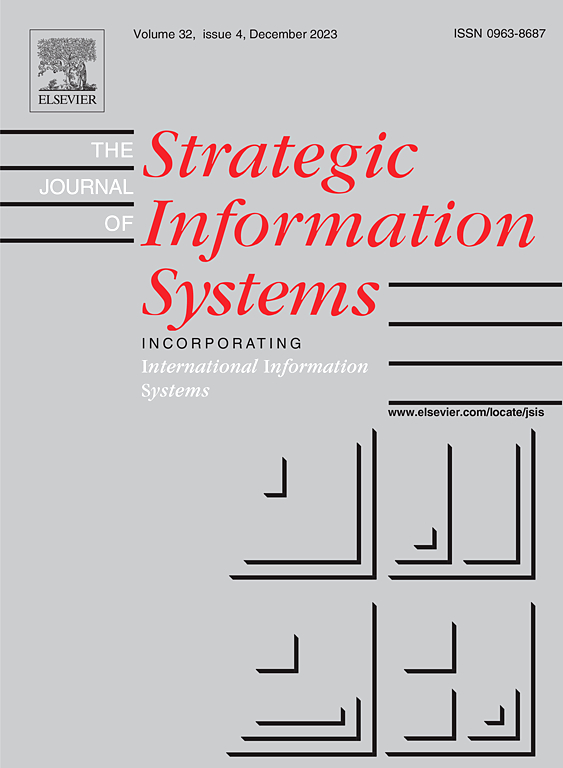Chebyshev subdivision and reduction methods for solving multivariable systems of equations
IF 1.1
4区 数学
Q4 COMPUTER SCIENCE, THEORY & METHODS
引用次数: 0
Abstract
We present a new algorithm for finding isolated zeros of a system of real-valued functions in a bounded interval in . It uses the Chebyshev proxy method combined with a mixture of subdivision, reduction methods, and elimination checks that leverage special properties of Chebyshev polynomials. We prove the method has quadratic convergence locally near simple zeros of the system. It also finds all nonsimple zeros, but convergence to those zeros is not guaranteed to be quadratic. We also analyze the arithmetic complexity and the numerical stability of the algorithm and provide numerical evidence in dimensions up to five that the method is both fast and accurate on a wide range of problems. Our tests show that the algorithm outperforms other standard methods on the problem of finding all real zeros in a bounded domain. Our Python implementation of the algorithm is publicly available at https://github.com/tylerjarvis/RootFinding.
求解多元方程组的切比雪夫细分和还原法
我们提出了一种在 Rn 有界区间内寻找实值函数系统孤立零点的新算法。它使用了切比雪夫代理法,并结合了细分、还原方法和消元检查等方法,充分利用了切比雪夫多项式的特殊性质。我们证明了该方法在系统的简单零点附近具有二次收敛性。它还能找到所有非简单零点,但不能保证对这些零点的收敛是二次收敛。我们还分析了算法的算术复杂性和数值稳定性,并提供了多达五维的数值证据,证明该方法在广泛的问题上既快又准。我们的测试表明,在寻找有界域中所有实零点的问题上,该算法优于其他标准方法。我们的 Python 算法实现可在 https://github.com/tylerjarvis/RootFinding 公开获取。
本文章由计算机程序翻译,如有差异,请以英文原文为准。
求助全文
约1分钟内获得全文
求助全文
来源期刊

Journal of Symbolic Computation
工程技术-计算机:理论方法
CiteScore
2.10
自引率
14.30%
发文量
75
审稿时长
142 days
期刊介绍:
An international journal, the Journal of Symbolic Computation, founded by Bruno Buchberger in 1985, is directed to mathematicians and computer scientists who have a particular interest in symbolic computation. The journal provides a forum for research in the algorithmic treatment of all types of symbolic objects: objects in formal languages (terms, formulas, programs); algebraic objects (elements in basic number domains, polynomials, residue classes, etc.); and geometrical objects.
It is the explicit goal of the journal to promote the integration of symbolic computation by establishing one common avenue of communication for researchers working in the different subareas. It is also important that the algorithmic achievements of these areas should be made available to the human problem-solver in integrated software systems for symbolic computation. To help this integration, the journal publishes invited tutorial surveys as well as Applications Letters and System Descriptions.
 求助内容:
求助内容: 应助结果提醒方式:
应助结果提醒方式:


